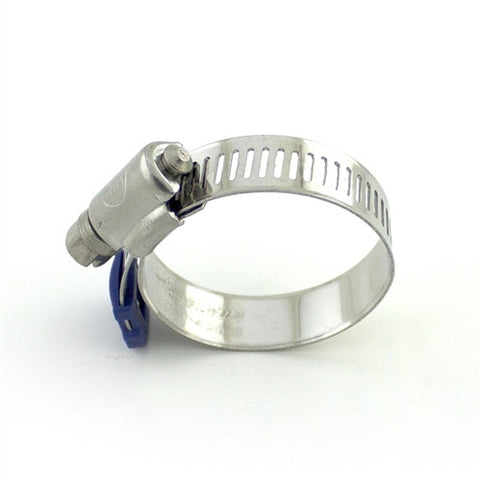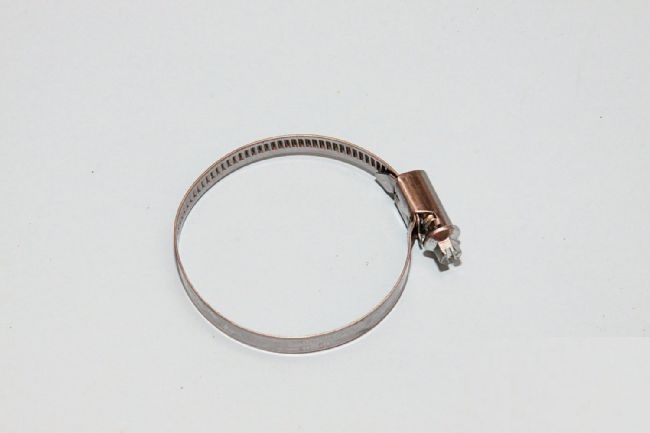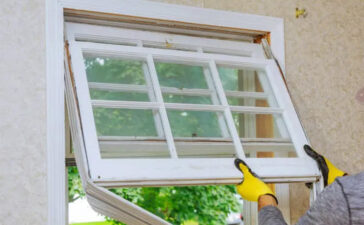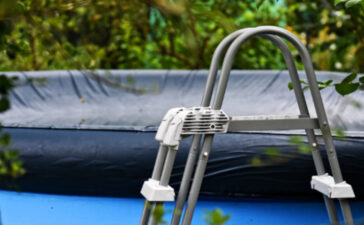A car engine has more parts and pieces than a human body. Therefore, it is not surprising to look in the engine compartment and see something new every time and not know what it is. Also, just like the human body, it is essential for everything under the hood to work proficiently for ensuring the longevity of the vehicle. One such piece is the radiator. Its purpose is to help in cooling your engine and ensure it doesn’t overheat because an overheated engine can result in a lot of damage. Therefore, every car owner needs to ensure they have quality parts for keeping their radiator running smoothly.

There are two questions that are frequently asked in reference to the radiator. What are they? Read on to find out:
How does the radiator hose leak?
First and foremost, you should know that a radiator hose is made of rubber, which can weaken over time. The car’s engine gives off intense heat and this can cause the rubber to crack. Thus, it should be a car owner’s priority to check their radiator hose every now and then to ensure it hasn’t cracked or leaked from anywhere. Secondly, you should know that a radiator hose clamp is used for attaching the hose to the engine compartment.
Your radiator hose will not be able to function if this radiator hose clamp is broken or has come loose due to improper fit or poor quality. You can find custom built radiator hose clamps that meet your car’s unique specifications so they will not come loose. Moreover, you can also find these clamps in different colors, which can make it easy for you to spot them under the hood and see what’s what.
How does the radiator hose swell?
When the engine becomes overheated, it is quite possible for the rubber of the hose has swollen due to the extreme heat. This could be due to an improperly functioning thermostat, lack of coolant or even because the coolant has also become superheated. The constant wear and pressure on the radiator hose is another reason why it may swell up. From the outside, the hose may appear fine, but the inside may be wearing thin thereby causing the rubber to swell.
Regardless of the reason, it is vital that you replace the radiator hose if it has swelled up. The problem is that most car owners do remember to check their tires and oil, but often forget to check the condition of their radiator hose. However, it is recommended that you check the radiator hose in the engine compartment regularly for any wear and tear. Doing so can save you from a lot of headache and hassle in the long run. Plus, if you add a reliable and good quality radiator hose clamp, it would mean one less thing for you to worry about.
The best radiator hose clamps will look great and also provide you with durability, strength, and ease of use that will keep your car’s radiator running smoothly.









